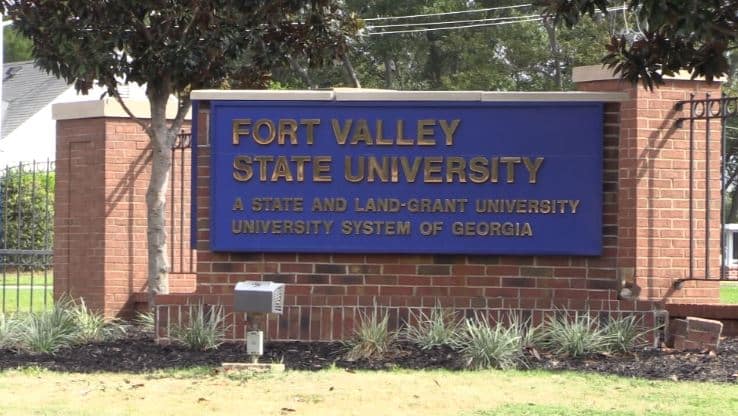Georgia Army National Guard Soldiers Help Afghan Farmers Improve Agricultural Techniques
MACON, Georgia (41NBC/WMGT) – Major George McCommon of Macon didn’t go to Afghanistan to fight the Taliban; he went there to fight a different battle–the battle against the frozen winter soil of Sayed Abad and malnutrition.
“Nutrition’s the big key, its the key in the people it’s the key in the animals there, there really is a lack of nutrition,” Major McCommon tells 41NBC.
McCommon and soldiers in the Agribusiness Development Team (ADT1), a division of the Georgia National Guard, created a program with the University of Georgia to help the locals grow, distribute and protect their own food. In a video log courtesy of Spc. Austin Berner, about 20 or so Afghan farmers learn from McCommon and his team about raising livestock and tilling the land.
They know how to do it, but are behind the times when it comes to farming technology and techniques.
The mission lasted 12 months, but McCommon says the economic and political benefits to isolated Afghan farmers are lasting.
“We were able to introduce the people to their government and the government to their people, because a lot of the people in the government really wanted to help, they just really didn’t know how to do this,” says McCommon, “and then, we were able to show up and bring the people in, and then the people in the government got it.”
McCommon says the farming communities in Afghanistan are still very primitive, even 200 years behind the United States in their techniques. He tells 41NBC the Afghans embraced the team, and representing Georgia’s agriculture industry was a way to show them America’s progression through its own history.
“They saw what America was, where America’s come from, what America’s come to symbolize–it still means a lot in places like Afghanistan,” says McCommon.
He and his team returned home from their 12-month mission on April 21st. The ADT mission will continue with another team of Georgia guardsmen who will help Afghan farmers realize their maximum potential in the soils of their native country.




Leave a Reply